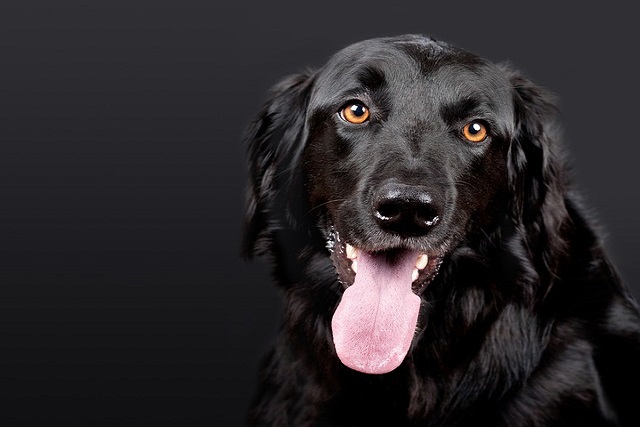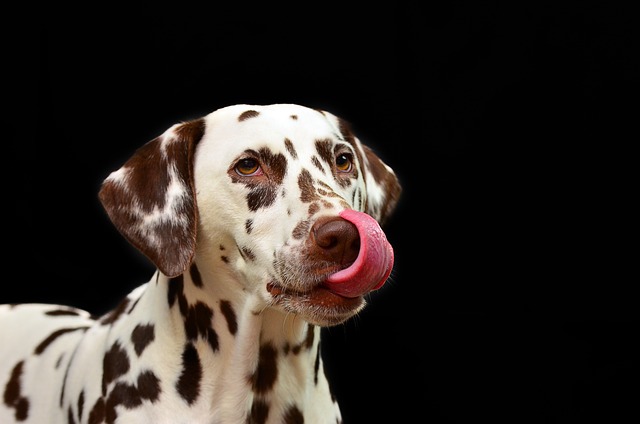
why is my dog’s skin peeling
If you’re a new dog parent in the US—maybe you’re folding laundry in your New York City apartment and notice white, flaky bits of your 8-month-old Golden Retriever
You might notice your pup’s usual enthusiasm for mealtime fades—they sniff their bowl, then walk away, or even whimper when trying to chew. That’s often one of the first signs of stomatitis, an uncomfortable inflammation in their mouth that makes eating painful. Other clues include excessive drooling, bad breath that’s stronger than normal, and pawing at their face like they’re trying to soothe a ache. Some dogs might also pull away when you try to pet their muzzle, since even gentle touch can irritate the inflamed gums.
Stomatitis in dogs can stem from a few causes, many linked to everyday care. Plaque buildup on teeth is a common trigger—when bacteria stick around too long, they irritate the gums and lead to inflammation. Allergies, either to certain foods or environmental factors like pollen, can also set it off, as the body’s immune response sometimes targets the mouth. Even broken teeth or foreign objects can cause localized stomatitis if left untreated.
At home, you can take small steps to ease your dog’s discomfort while waiting for a vet visit. Start by switching to soft, moist food—dry kibble is too rough on inflamed gums. Your vet might recommend a gentle, pet-safe mouth rinse to reduce bacteria; never use human mouthwash, as ingredients like alcohol can harm dogs. Avoid giving hard chews or toys for a while, and try to keep their water bowl clean to prevent extra irritation.
 Professional treatment is key to clearing up stomatitis for good. Your vet will first examine your dog’s mouth to find the root cause—they might do a dental cleaning to remove plaque and tartar, which is often necessary for mild cases. For more severe inflammation, they may prescribe antibiotics to fight infection or anti-inflammatory meds to reduce swelling. In rare cases where allergies are the cause, they might suggest a special diet to avoid triggers. Always share your dog’s full medical history—including vaccine records and any previous dental work—with your vet to ensure care aligns with local animal health guidelines.
Professional treatment is key to clearing up stomatitis for good. Your vet will first examine your dog’s mouth to find the root cause—they might do a dental cleaning to remove plaque and tartar, which is often necessary for mild cases. For more severe inflammation, they may prescribe antibiotics to fight infection or anti-inflammatory meds to reduce swelling. In rare cases where allergies are the cause, they might suggest a special diet to avoid triggers. Always share your dog’s full medical history—including vaccine records and any previous dental work—with your vet to ensure care aligns with local animal health guidelines.
Preventing stomatitis is easier than treating it, and it fits right into regular dog care routines. Brush your dog’s teeth a few times a week with a pet-specific toothbrush and toothpaste—this stops plaque from building up. Schedule annual dental checkups with your vet, too; they can catch early signs of gum issues before they turn into stomatitis. Choosing dental chews that are approved by veterinary organizations can also help keep their mouths healthy, as long as they’re the right size for your dog.
Watching your dog struggle with pain is never easy, but stomatitis is treatable with the right care. Catching symptoms early—like that first refusal to eat or extra drool—means you can get them help fast, reducing their discomfort and preventing the issue from getting worse. With consistent at-home care and regular vet visits, your pup will be back to gobbling up their favorite treats and wagging their tail at mealtime in no time.

If you’re a new dog parent in the US—maybe you’re folding laundry in your New York City apartment and notice white, flaky bits of your 8-month-old Golden Retriever

If you’re a new dog parent in the US—maybe you’re sitting on your California apartment floor, petting your 7-month-old rescue Corgi, Max, and noticing a patch of his tan fur is gone

Most dog owners don’t realize tetanus can affect their pups—especially when they’re exploring yards or wooded areas, where small cuts or punctures (from nails, thorns, or even broken glass) are common.

If you’re a new dog parent in the US—maybe you’re standing in your New York City apartment bathroom, towel in hand, staring at your 6-month-old Golden Retriever

If you’re a new dog parent in the US—maybe you’re kneeling on your California apartment floor, noticing your 8-month-old rescue Pug

You’ve probably noticed your dog shaking their head more than usual or scratching intensely at their ears—maybe even leaving behind a dark